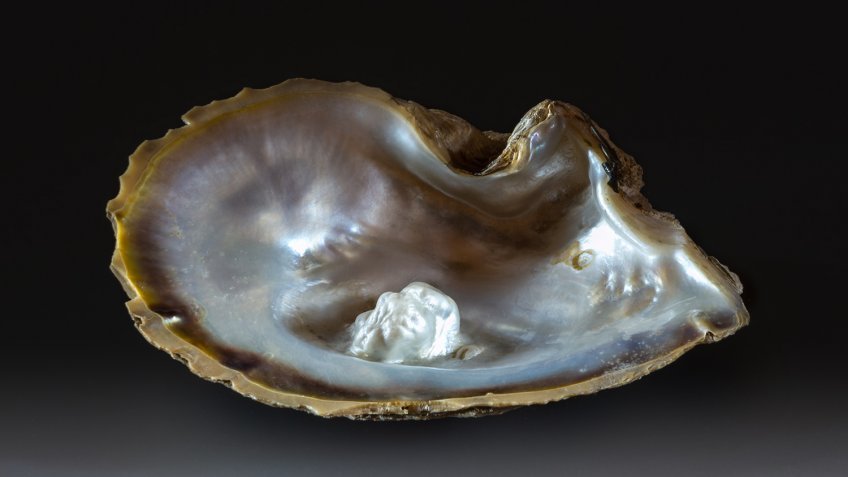JH Color Theory: Ancient Oysters

In homage to the winter delicacy – a historical dive into the oyster’s edible and lustrous beginnings.
Whether you prefer them raw, fricassed, or pickled, a briny bavilite is a quintessential aperitif… and has been since the Jurassic era.
It’s believed that oysters have been consumed by humans for millions (!) of years, with archaeological evidence from the Stone Age revealing fossilized remains of oyster shells spanning coastal civilizations.
During the Greek (13th-9th BCE) and Roman empires (8th BCE-5th AD), oysters were a delicacy for the wealthy.
As mythology tells, Aphrodite, the Goddess of Beauty, Love, and Desire, was born from the sea emerging from waters on an oyster shell (cc. Botticelli). This also partially explains the common oyster-Aphrodisiac connotation.
But not all oysters are created equal.
Enter: the pearl oyster, the opalescent gem-bearing mollusk.
Arabian, Greek, and Roman legends describe the origin story of pearls as beginning with moonlight-filled dewdrops dropping into the ocean, then swallowed by oysters.
(Actually, a marine pearl is a natural byproduct of a brute, mechanistic defense of nature. Pearls are born over time from oysters’ secretion of nacre, a crystalline substance that builds up in layers in response to a foreign object lodging itself in the oyster’s soft inner body.)
A broad strokes history of the oyster pearl is one of lucid luxury and rarified opulence…
A fragment of pearl jewelry was found in the sarcophagus of a Persian princess (currently on display at the Louvre in Paris), circa 420 BC, establishing the presence of gem-as-adornment. And freshwater pearls from China’s Huai River were notably preferred gifts for Chinese royalty.
Into the Renaissance, the royal courts of Europe were awash in pearls (a number of European countries passed laws forbidding anyone but the nobility to wear them).
Above, a predate to Harry Styles’ Met moment…the original boy with the pearl earring.
And perhaps the most fabled example —
To convince Rome that Egypt possessed a pedigree and wealth that rendered it above conquest, Queen Cleopatra wagered Marc Antony that she could host the most expensive dinner in history.
She reportedly dissolved a single pearl – an earring – in a glass of sour wine. She drank it to win.









